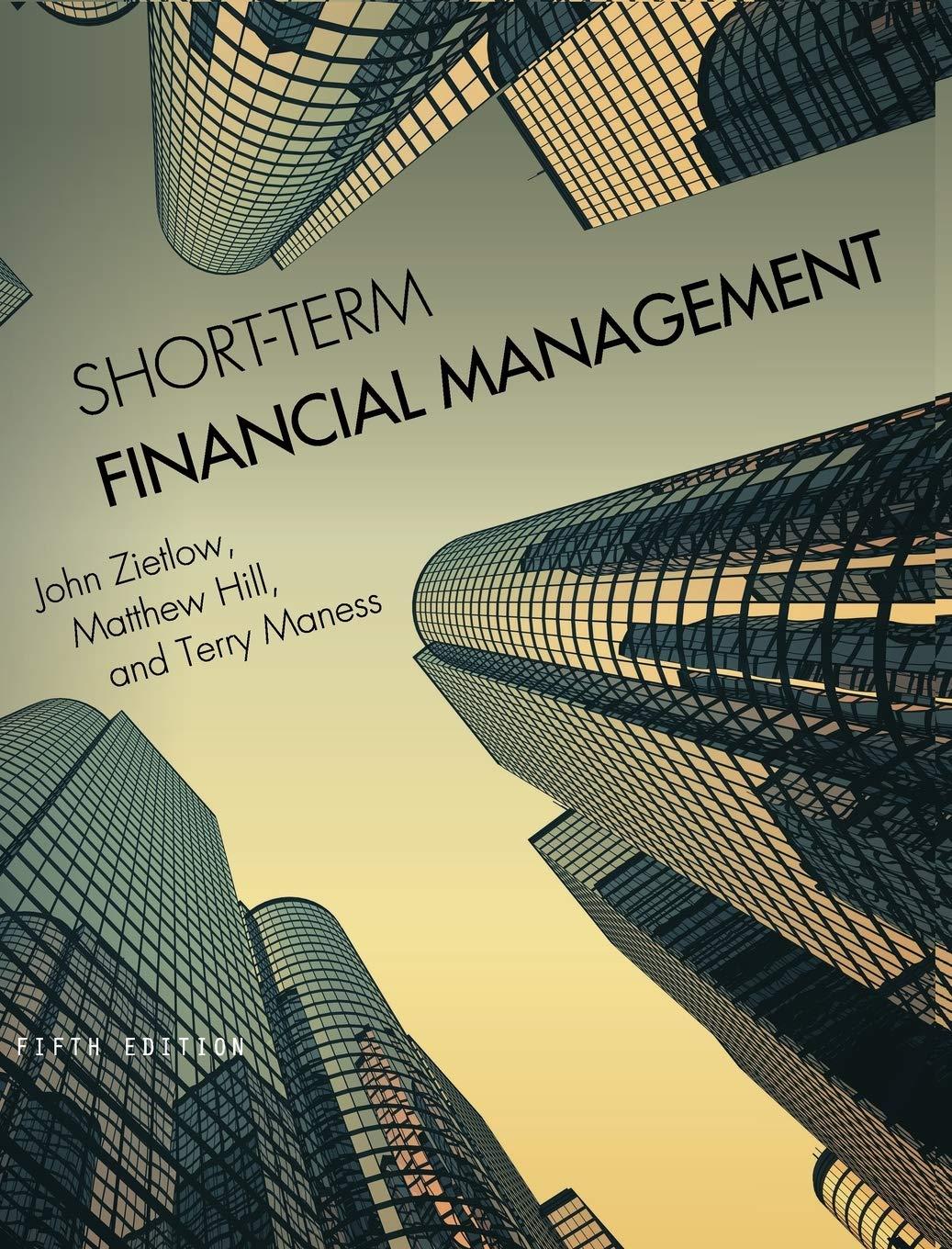
2. Types of homeowner's insurance policies There are six types of standard homeowner's policies, commonly referred to as HO-1 through H0-4, HC-6, and H0-8. Each provides coverage for damage due to certain perils, or events that cause damage to homes and other related property, as well as liability coverage for accidents that occur on one's property. Apply your knowledge of the different policy types and features to the three scenarios below. Insuring a Standard Home Kathy is the owner of a 2-year-old home and is looking to buy a homeowner's Insurance policy. She is primarily concerned about getting protection from standard property-damaging perils that she has no way of preventing (those due to fire, vandalism, windstorms, and so forth) and less concerned about damages that she feels she can prevent through frequent maintenance (those caused by malfunctioning of internal structures such as air conditioning or plumbing). Based on the peril coverage it offers, she should purchase an Insurance policy. Her home has a replacement value of $250,000; therefore, she insures her home for the standard minimum legal requirement of $ Assuming she does not purchase any additional coverage beyond the legal minimums, complete the following table indicating the maximum dollar value of relmbursement she can receive for each of the following: S Damage to personal property: Detached buildings: Additional living expenses: No-fault medical payments: S S Insuring While Away at College Madeline's son, David, is a college student living in a campus dormitory. He drives a car that he parks on the street and wants to make sure the full value Is Insured. Which of the following statements regarding her son's Insurance needs are true? Check all that apply. His property is covered up to 10% of the coverage on his parents' home. He should purchase an H0-4 broad form Insurance policy because he is not covered under his parents' policy. He should tell the insurance agency that he parks in a garage to save money on premiums. Insuring an Older Home Kathy's parents live in a Georgian-style home built in the early 1800s. Although the house is still standing, it has fallen into disrepair, and the cost of rebuilding it with the original style and quality would be extremely high. If their home were destroyed, Kathy's parents would choose to rebuild a much more modest structure rather than restore it to its original state; therefore, they purchase an form policy to provide protection 2. Types of homeowner's insurance policies There are six types of standard homeowner's policies, commonly referred to as HO-1 through H0-4, HC-6, and H0-8. Each provides coverage for damage due to certain perils, or events that cause damage to homes and other related property, as well as liability coverage for accidents that occur on one's property. Apply your knowledge of the different policy types and features to the three scenarios below. Insuring a Standard Home Kathy is the owner of a 2-year-old home and is looking to buy a homeowner's Insurance policy. She is primarily concerned about getting protection from standard property-damaging perils that she has no way of preventing (those due to fire, vandalism, windstorms, and so forth) and less concerned about damages that she feels she can prevent through frequent maintenance (those caused by malfunctioning of internal structures such as air conditioning or plumbing). Based on the peril coverage it offers, she should purchase an Insurance policy. Her home has a replacement value of $250,000; therefore, she insures her home for the standard minimum legal requirement of $ Assuming she does not purchase any additional coverage beyond the legal minimums, complete the following table indicating the maximum dollar value of relmbursement she can receive for each of the following: S Damage to personal property: Detached buildings: Additional living expenses: No-fault medical payments: S S Insuring While Away at College Madeline's son, David, is a college student living in a campus dormitory. He drives a car that he parks on the street and wants to make sure the full value Is Insured. Which of the following statements regarding her son's Insurance needs are true? Check all that apply. His property is covered up to 10% of the coverage on his parents' home. He should purchase an H0-4 broad form Insurance policy because he is not covered under his parents' policy. He should tell the insurance agency that he parks in a garage to save money on premiums. Insuring an Older Home Kathy's parents live in a Georgian-style home built in the early 1800s. Although the house is still standing, it has fallen into disrepair, and the cost of rebuilding it with the original style and quality would be extremely high. If their home were destroyed, Kathy's parents would choose to rebuild a much more modest structure rather than restore it to its original state; therefore, they purchase an form policy to provide protection







